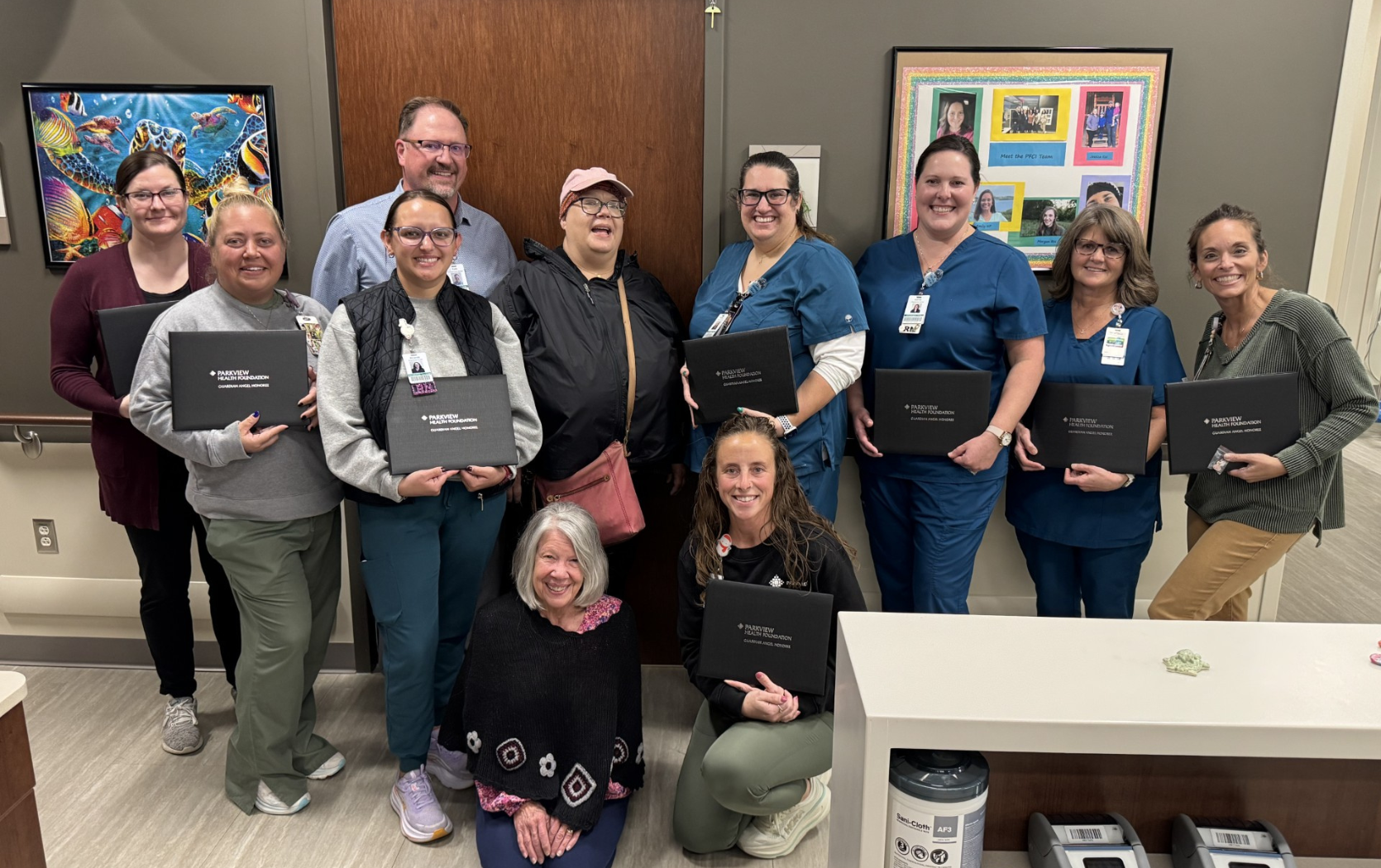
Genetic testing is an important piece of the puzzle when attempting to understand your overall health. It can help reveal changes in your genes that may increase your risk for various diseases and different types of cancer. Unfortunately, men are less likely than women to undergo the testing required for this preventative service. Charles “Rod” Pattan, MD, High Risk and Cancer Risk Reduction Clinic, Parkview Packnett Family Cancer Institute, explains this disparity, the genetic mutations that affect the male population and why knowing your risk can help reduce the occurrence of cancer in your community.
What is the Parkview High Risk and Cancer Risk Reduction Program?
Parkview is committed to reducing the occurrence of cancer in our patients, and our High Risk and Cancer Risk Reduction Program is one of the initiatives we have developed to assist in that mission. The clinic uses multiple lenses (genetics, environment, metabolic, toxin exposure, etc.) to assess our patient’s cancer risk and develop management strategies to help lower that risk. Genetic predisposition is just one facet we can utilize, powered by the knowledge that patients with genetic risks tend to develop more cases of cancer and at much younger ages.
We estimate that approximately 4,000 people in the greater Fort Wayne area harbor a genetic variant, substantially increasing their risk of developing cancer. We have identified about 10% of this group in the last three years through selective genetic testing. This has been a successful rollout of the program, but it is only a start, and we have many more people to identify in this critical area.
What concerns you most about recent findings?
One area of concern we have encountered is the gender discrepancy in testing. Of the 400 people we have identified with genetic variations predisposing them to cancer, over 300 have been women, and fewer than 100 are men. The reality, however, is that hereditary cancer risk is equally distributed between the sexes. Males are just as likely to have genetic mutations predisposing them to cancer as females. Therefore, patients of both genders must have access to testing if we are to reduce our community’s risk of cancer effectively. Furthermore, identifying as many patients as possible who harbor genetic variants associated with cancer will let us significantly reduce the occurrence of cancer in our community. The message on the importance of this testing appears to be gaining traction, but half of the population seems to have missed out on the messaging.
What insights can we gain from genetic testing?
Genetic testing can tell us which patients are at an increased risk of cancer due to a genetic variant they carry. This can help us initiate preventative measures to, hopefully, avoid cancer occurring, or at the very least, begin more intensive screening to ensure we catch any cancer early enough to make treatment more successful. It can also guide us to the most likely cancers the patient will be at risk for based on the specific gene mutation they harbor. This allows us to tailor screening tests for them in the most effective way possible.
Why are women more likely than men to pursue genetic testing for cancer risk?
Women getting tested more than men isn’t surprising because, in most cases, women seek medical care more frequently than men. For example, women seek out more than 60% of preventive medical care, while men seek out less than 40%. Some experts even estimate that a female dictates 80% of all non-emergency medical care (i.e., a wife makes an appointment for her husband, a mother schedules an appointment for a child, etc.).
It is also clear that female awareness, likely secondary to marketing, of genetic susceptibility to cancer is higher than in men. Funding for cancer is markedly skewed toward females, with breast cancer having the highest expenditures for research and advertising.
Likewise, high media profile genetic cancer susceptibility has been almost exclusively female oriented. For instance, Angelina Jolie received much media attention when she discovered she harbored the BRCA (breast/ovarian cancer) gene. Katie Couric also received extensive attention for her colon cancer gene. Unfortunately, no similar examples of male genetic cancers have caught the media’s consideration in these ways.
Why is it dangerous for men to assume they aren’t at risk and neglect pursuing genetic testing?
Men who assume they aren’t at genetic risk create several potential problems. Cancer is a common disease, but it is almost exclusively a disease of the elderly. If you have a genetic susceptibility, however, the age at which cancer tends to occur is about 20 years younger than normal. Therefore, the risk of young age cancer getting missed is higher if men are unaware of their genetic vulnerability. Secondly, one-half of their children will inherit this genetic predisposition from them. If the male parent is unaware of his genetic susceptibility, 50% of his children will also be unaware of their increased cancer risk, especially the early age cancer occurrence.
How do we know men are at equal risk for cancer?
Men are at equal risk of genetic susceptibility to cancer as women based on statistical data and basic genetic distribution. The BRCA is the most common gene associated with cancer, and termed the breast/ovarian cancer gene. However, men carry the gene just as frequently as women do, placing men at an increased risk of prostate, pancreatic and skin cancer.
What red flags should men (and women) be paying close attention to?
Family and personal history are the most important clues regarding who might benefit from testing. However, several other factors should receive attention too, including cancer at young ages (typically under 50), multiple cancers of the same type from one side of a family, people with more than one type of cancer during their life (i.e., breast then colon) and first-degree relatives with known genetic susceptibility.
What recommendations would a patient receive?
If a patient has greater than a 5% risk of harboring a genetic mutation, we would advise them to have testing performed to determine whether they have a hereditary cancer susceptibility. The average risk of carrying one of those genes is less than 1%, so 5% is a substantial increase.
What are some of the most common genetic mutations affecting the male population?
The most common mutations found in men are one of the two BRCA genes (BRCA1 and BRCA2), followed by LYNCH syndrome, CHEK2, ATM, MUTYH, RAD51 and ATM. These mutations could lead to various diseases including, but not limited to, male breast, prostate, pancreatic, melanoma, colon, stomach, brain, kidney and thyroid cancers.
At what age should men consider getting genetic testing done?
Genetic testing should occur as soon as feasible, but in most cases, individuals 18 years of age and older (patients able to give legal consent) should get tested. We recommend this so any interventions to reduce the elevated cancer risk can be instituted as early as possible.
How can someone get started?
Patients are encouraged to make an appointment at Parkview’s High Risk and Cancer Risk Reduction Clinic as soon as possible if they are concerned about their risk. We accept patients by referral from any healthcare provider and those who choose to self-refer.
If you or a loved one are concerned about your risk factors, please speak with your primary care provider. They can help you determine if the Parkview High Risk and Cancer Risk Reduction Clinic would be a helpful resource for you. Patients can also call 833-724-8326 to schedule an appointment themselves.



